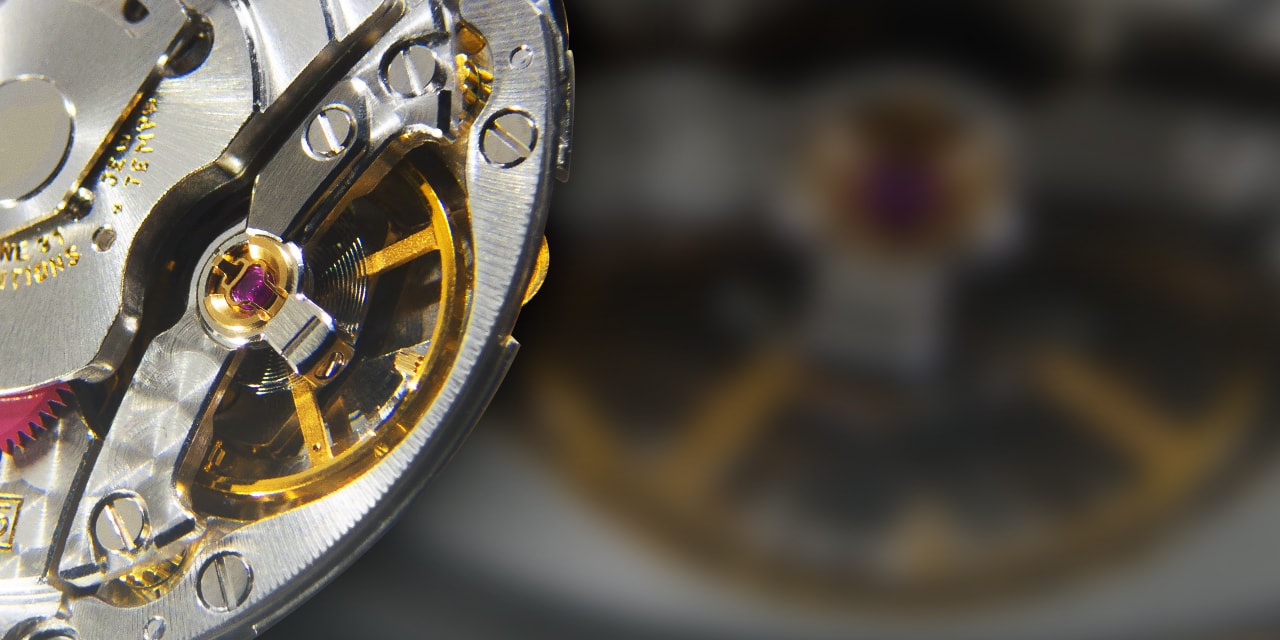
Glucydur is a fascinating material used in high-precision watchmaking. Ever wondered what makes your favorite timepiece tick so accurately? It's often thanks to this unique alloy. Glucydur combines beryllium, copper, and iron to create a balance wheel that resists temperature changes and magnetic fields. This means your watch stays accurate, no matter the conditions. But there's more to it than just its technical prowess. The history, applications, and even the science behind Glucydur are worth exploring. Ready to dive into 30 intriguing facts about this remarkable material? Let's get started!
Key Takeaways:
- Glucydur is a super-tough alloy used in luxury watches. It's non-magnetic, resistant to wear, and helps watches stay accurate in extreme conditions. It's like the superhero of watch materials!
- Glucydur is like the secret ingredient in high-end watches. It's super strong, lasts a long time, and even goes to space! Luxury brands like Rolex and Omega love using it.
What is Glucydur?
Glucydur is a specialized alloy used primarily in the watchmaking industry. Known for its unique properties, it plays a crucial role in the precision and durability of high-quality timepieces. Let's dive into some fascinating facts about this remarkable material.
-
Composition: Glucydur is an alloy made from beryllium, copper, and iron. This combination gives it exceptional hardness and stability.
-
Hardness: The alloy is incredibly hard, making it resistant to wear and tear. This is essential for watch components that experience constant movement.
-
Non-Magnetic: One of its standout features is its non-magnetic nature. This ensures that watches remain accurate even when exposed to magnetic fields.
-
Thermal Stability: Glucydur maintains its shape and properties across a wide range of temperatures. This is vital for the accuracy of timepieces in varying climates.
-
Density: The alloy has a high density, contributing to the overall weight and feel of luxury watches.
-
Corrosion Resistance: It is highly resistant to corrosion, which is crucial for the longevity of watch components.
Uses in Watchmaking
Glucydur is not just any material; it is a cornerstone in the world of horology. Its unique properties make it indispensable for several critical components in watches.
-
Balance Wheels: One of the primary uses of Glucydur is in the balance wheels of watches. These components are crucial for timekeeping accuracy.
-
Escapements: The alloy is also used in the escapement mechanisms, which control the release of energy in a watch.
-
Springs: Some high-end watches use Glucydur for their springs, enhancing durability and performance.
-
Gears: The material's hardness and stability make it ideal for gears that need to withstand constant movement.
Historical Significance
The history of Glucydur is as fascinating as its properties. It has played a pivotal role in the evolution of modern watchmaking.
-
Invention: Glucydur was developed in the mid-20th century as a solution to the limitations of traditional materials used in watchmaking.
-
Adoption: It quickly gained popularity among luxury watchmakers for its superior qualities.
-
Innovation: The introduction of Glucydur marked a significant innovation in the industry, leading to more accurate and durable timepieces.
-
Legacy: Today, it remains a preferred material for high-end watches, continuing its legacy of excellence.
Technical Specifications
Understanding the technical aspects of Glucydur can provide deeper insight into why it is so highly regarded.
-
Melting Point: The alloy has a high melting point, which contributes to its thermal stability.
-
Elasticity: It possesses excellent elasticity, making it suitable for components that require flexibility.
-
Machinability: Despite its hardness, Glucydur can be precisely machined, allowing for intricate designs.
-
Coefficient of Expansion: The alloy has a low coefficient of expansion, meaning it doesn't expand or contract much with temperature changes.
-
Electrical Conductivity: It has low electrical conductivity, which is beneficial for reducing interference in electronic watches.
Comparisons with Other Materials
How does Glucydur stack up against other materials commonly used in watchmaking? Let's find out.
-
Versus Brass: Unlike brass, Glucydur is non-magnetic and more resistant to wear and tear.
-
Versus Steel: While steel is also durable, it doesn't offer the same level of thermal stability as Glucydur.
-
Versus Titanium: Titanium is lightweight and strong, but Glucydur's hardness and non-magnetic properties give it an edge in certain applications.
-
Versus Silicon: Silicon is used in modern watchmaking for its anti-magnetic properties, but it lacks the durability and machinability of Glucydur.
Environmental Impact
The production and use of Glucydur also have environmental considerations.
-
Recyclability: Glucydur is recyclable, which helps reduce its environmental footprint.
-
Production Process: The alloy's production involves less energy compared to some other materials, making it more eco-friendly.
-
Longevity: Watches made with Glucydur components tend to last longer, reducing the need for frequent replacements and thus lowering waste.
Fun Facts
Here are some lighter, fun facts about Glucydur that you might find interesting.
-
Name Origin: The name "Glucydur" is derived from the German words "Glück" (luck) and "Dauer" (duration), reflecting its reliability.
-
Luxury Brands: Many luxury watch brands, including Rolex and Omega, use Glucydur in their high-end models.
-
Space Missions: Some watches with Glucydur components have been used in space missions due to their reliability in extreme conditions.
-
Collector's Item: Watches featuring Glucydur parts are often sought after by collectors for their durability and precision.
Final Thoughts on Glucydur
Glucydur, a beryllium bronze alloy, stands out for its unique properties. Its high hardness and low thermal expansion make it ideal for precision instruments like watch balance wheels. This material resists corrosion and wear, ensuring longevity and reliability. Its non-magnetic nature is crucial for maintaining accuracy in timepieces.
Understanding these facts about Glucydur helps appreciate the engineering behind high-quality watches. This alloy's role in horology showcases the blend of science and craftsmanship. Next time you check the time, remember the intricate materials and technology at play.
Glucydur isn't just a metal; it's a testament to human ingenuity in materials science. Knowing these details can deepen your appreciation for the everyday objects we often take for granted. Keep exploring the fascinating world of materials and their applications.
Frequently Asked Questions
Was this page helpful?
Our commitment to delivering trustworthy and engaging content is at the heart of what we do. Each fact on our site is contributed by real users like you, bringing a wealth of diverse insights and information. To ensure the highest standards of accuracy and reliability, our dedicated editors meticulously review each submission. This process guarantees that the facts we share are not only fascinating but also credible. Trust in our commitment to quality and authenticity as you explore and learn with us.


